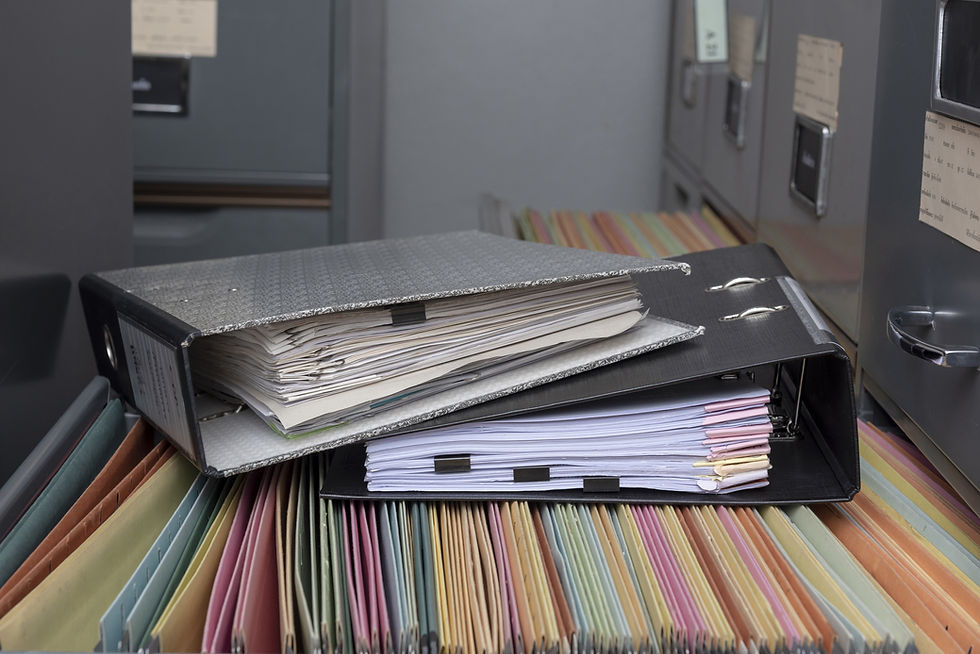What is the Chart of Accounts (COA) in Bookkeeping?
- sFoundation Editor
- Mar 13, 2024
- 2 min read

Bookkeeping is the cornerstone of corporate operations, providing the foundation for financial stability. It is the careful record-keeping of a business's financial dealings, guaranteeing precision, openness, and conformity. The fundamental idea of this subject is the Chart of Accounts (COA), a crucial accounting structure that provides the framework for efficient bookkeeping procedures.
Bookkeeping: The Pillar of Financial Management
Bookkeeping involves methodically recording, organizing, and monitoring financial transactions. It is frequently referred to as the unsung hero of business operations. The bookkeeper records every financial transaction, no matter how small or large, in the ledger. In due course, bookkeeping provides the basis for well-informed decision-making, financial planning, and regulatory compliance by keeping exact records of revenue, expenses, assets, and liabilities.
Understanding Charts of Accounts
The Chart of Accounts (COA) is essential to bookkeeping. It is an extremely well-maintained directory that sorts and classifies financial transactions into various COAs. Similar to a blueprint, the COA offers an organized framework that makes it easier to capture and monitor financial data methodically. It consists of a hierarchical set of accounts, with distinct codes or identifiers allocated to each for categorization and ease of reference.
The Relationship Unveiled
Bookkeepers' use of Charts of Accounts is essential to provide a good set of books. How to do it is as follows:
Strength of Structure
Similar to how a building's stability is derived from its architectural blueprint, bookkeeping gets its structure from the COA. Every account in the COA functions as a specialized holding place for particular categories of financial transactions, guaranteeing that no transaction is overlooked.
Categorization and Classification
Correctness and precision are essential to bookkeeping. Every financial transaction is carefully categorized and entered into the relevant account in the COA. In other words, the COA offers a consistent framework for classifying transactions, whether they are related to revenue, expenses, assets, or liabilities. A good COA makes the bookkeeper's job much easier to perform.
Financial Reporting
Good financial management is characterized by transparency. The COA acts as a guide when creating financial statements, including balance sheets, income statements, and cash flow statements. Bookkeepers can provide accurate financial reports that give stakeholders a clear view of the company's financial health by following the structure specified in the COA.
Observance and Record-keeping
Regulatory compliance is non-negotiable in the current corporate environment. In the USA, we follow the GAAP, whereas the rest of the world mainly follows IFRS. The COA is essential to ensure that financial records follow legal requirements and reporting specifications. In addition, the COA acts as a road map for auditors during an audit, directing them through the company's financial data accurately.
Conclusion
Bookkeeping and Charts of Accounts are crucial to fiscal integrity in the complex web of financial administration. Using methodical documentation, orderly categorization, and uniform communication, they offer the groundwork for enterprises to prosper. Organizations can confidently traverse financial management difficulties by realizing the synergistic relationship between bookkeeping and the COA.
Contact Us if you have any questions about this article or bookkeeping in general



Comments